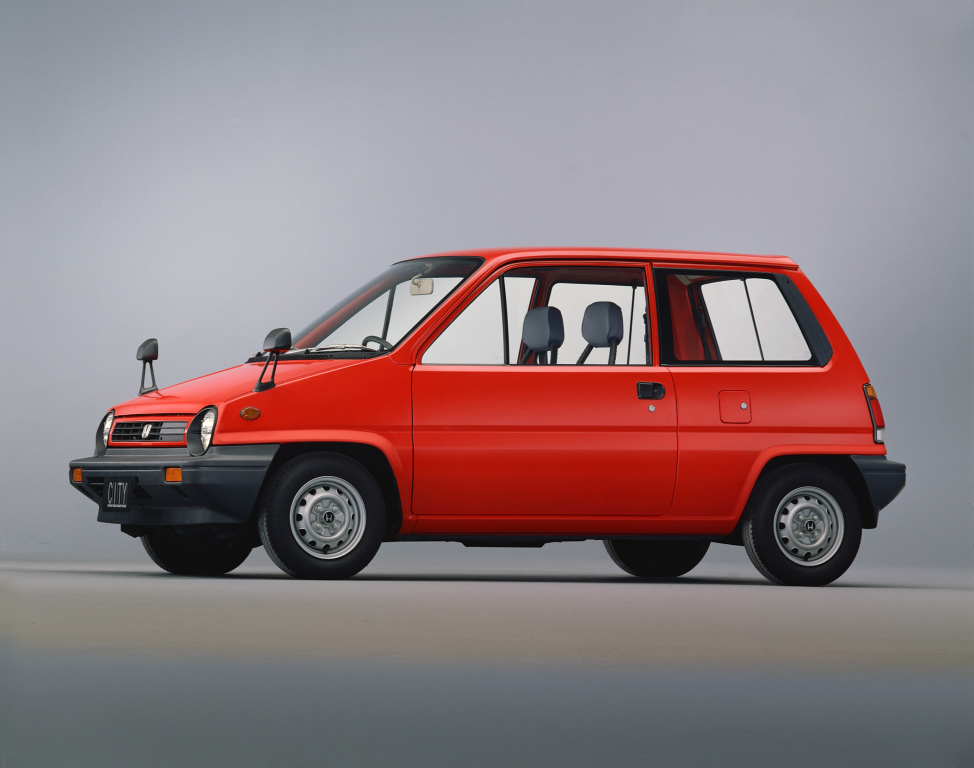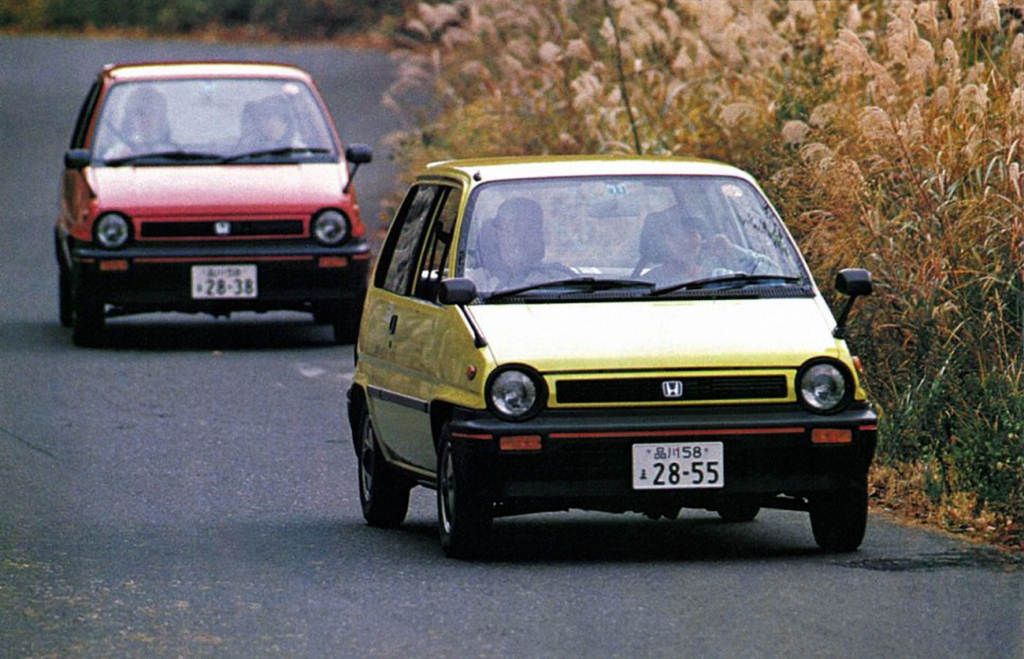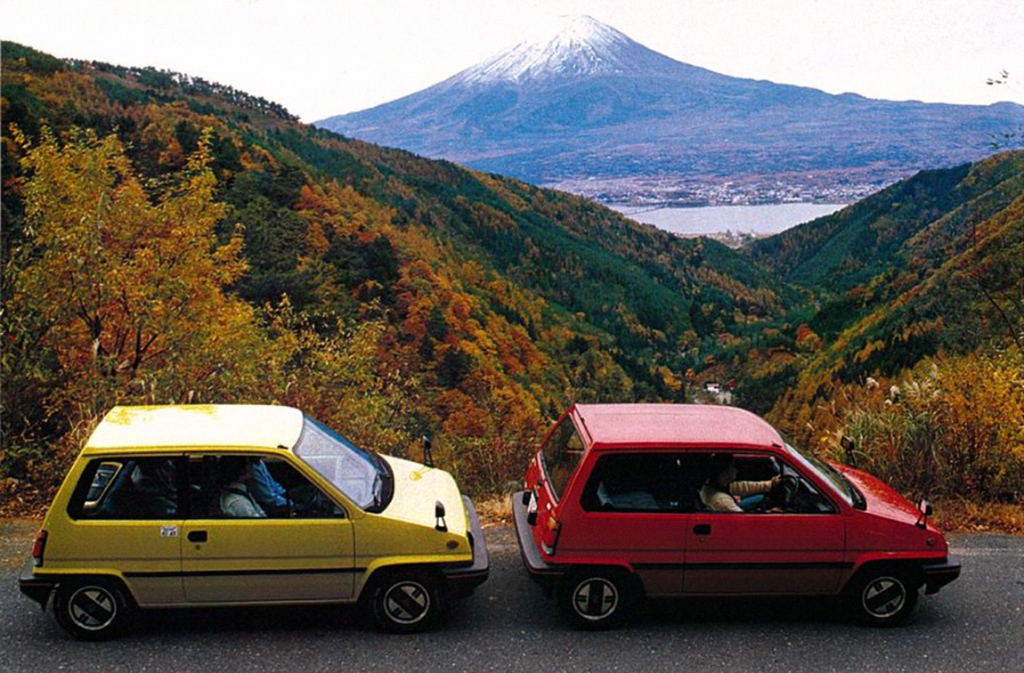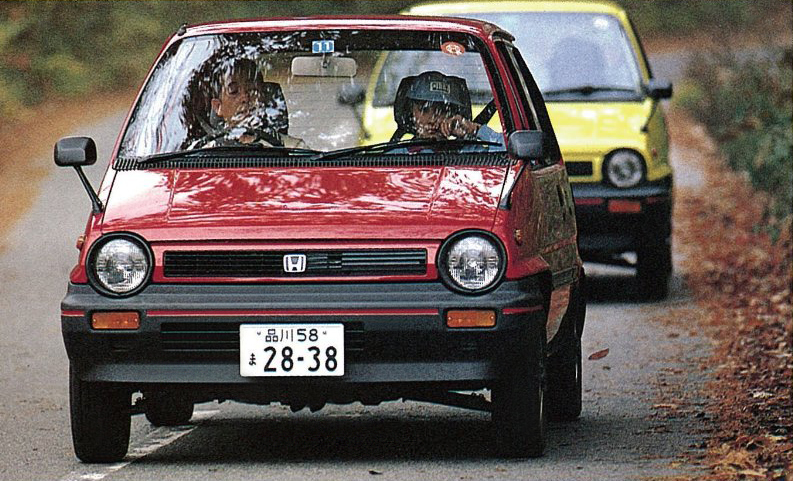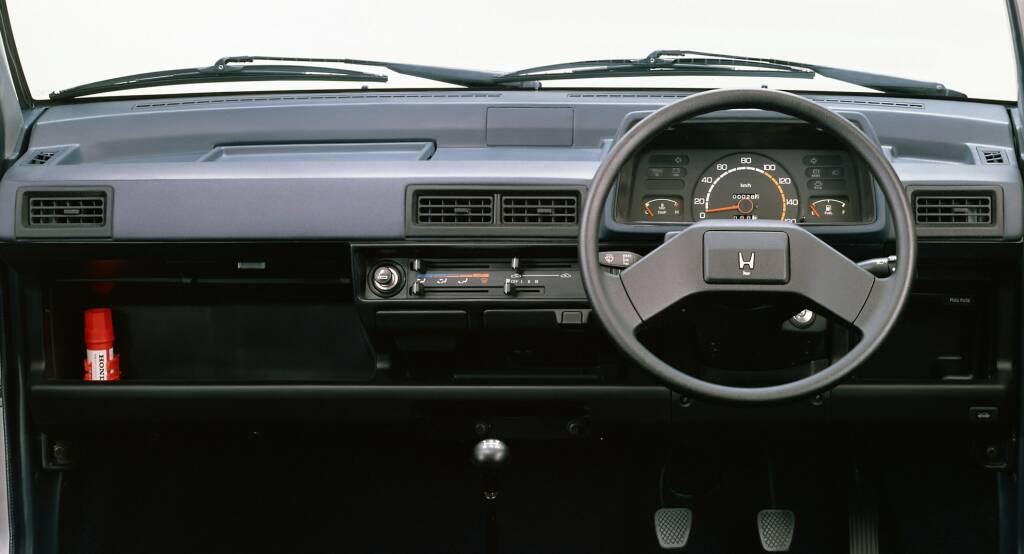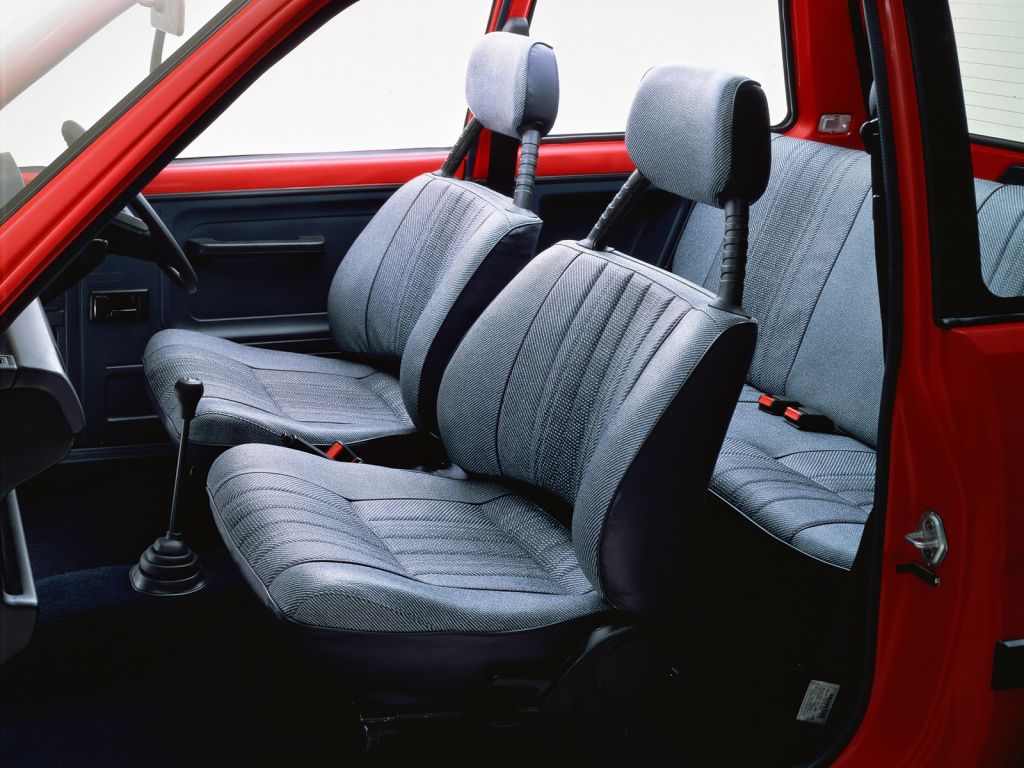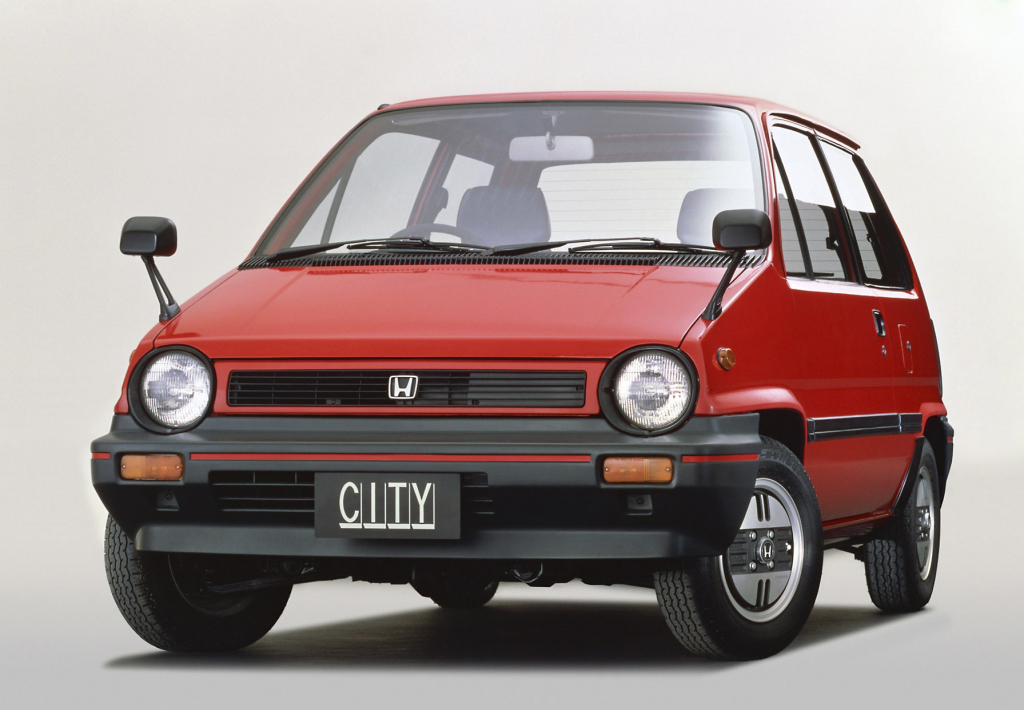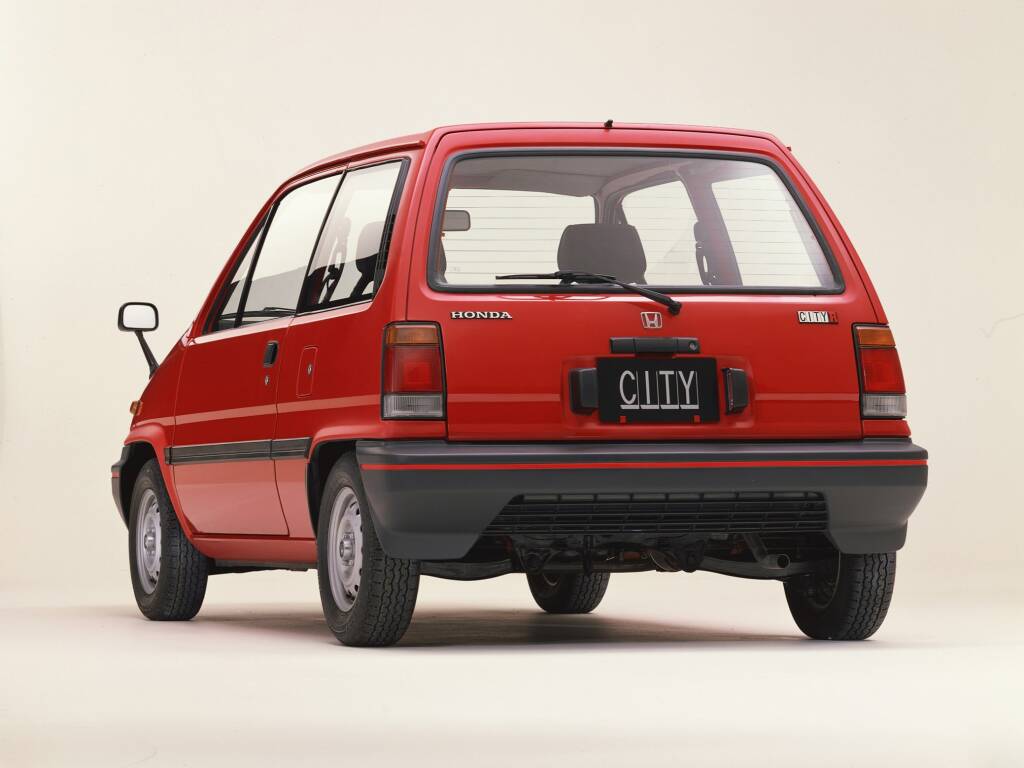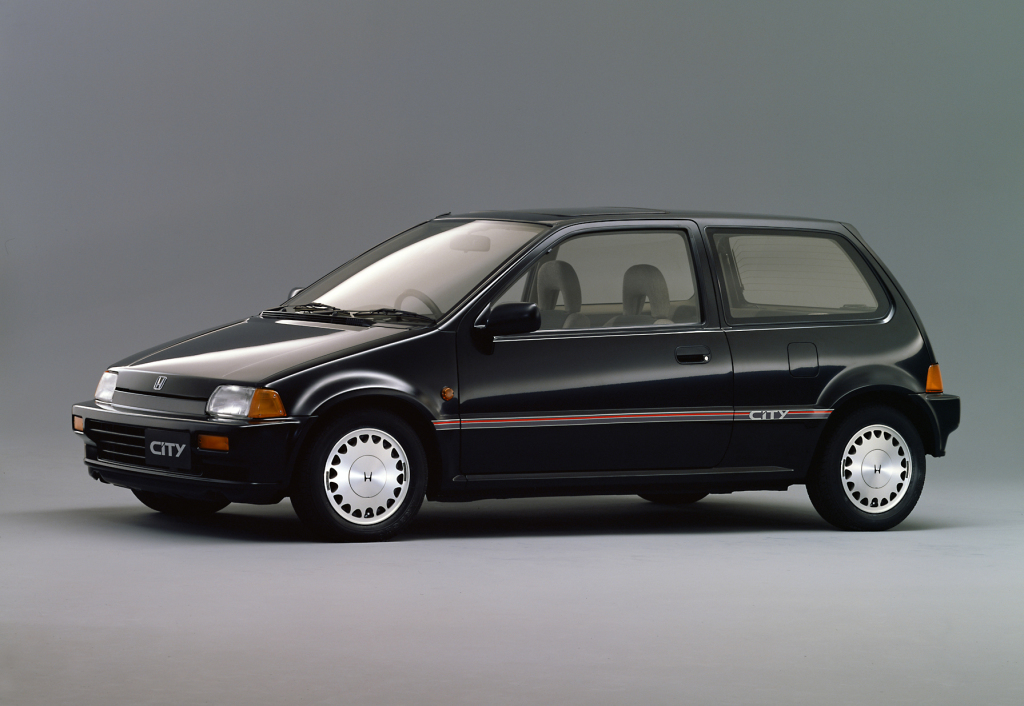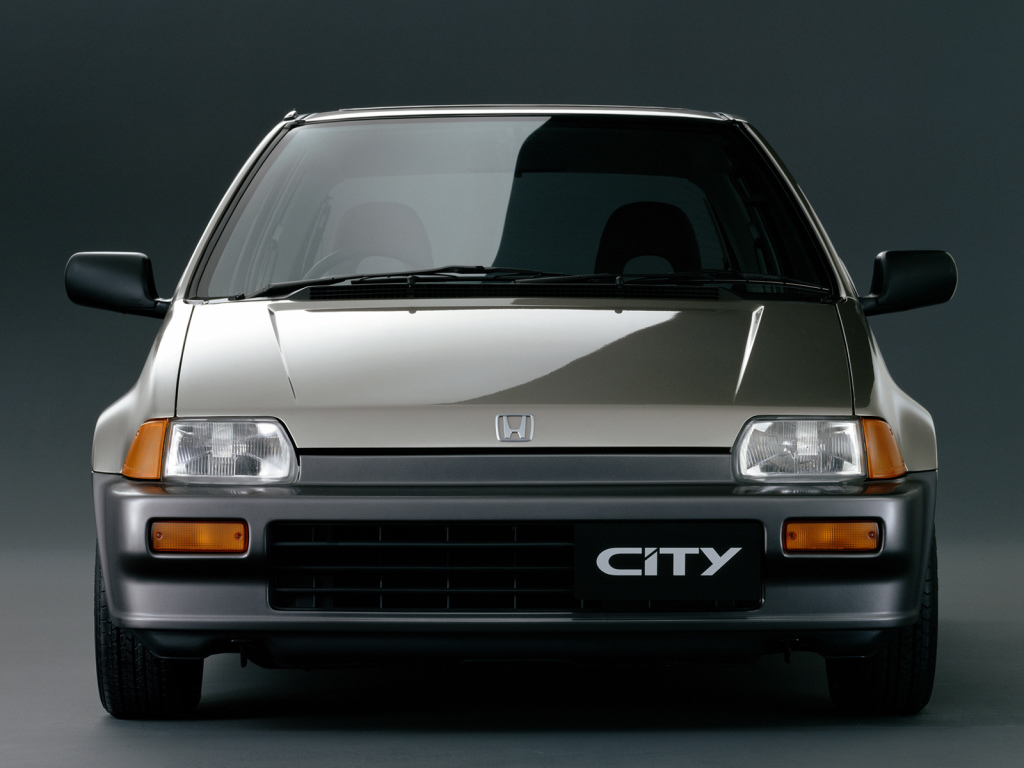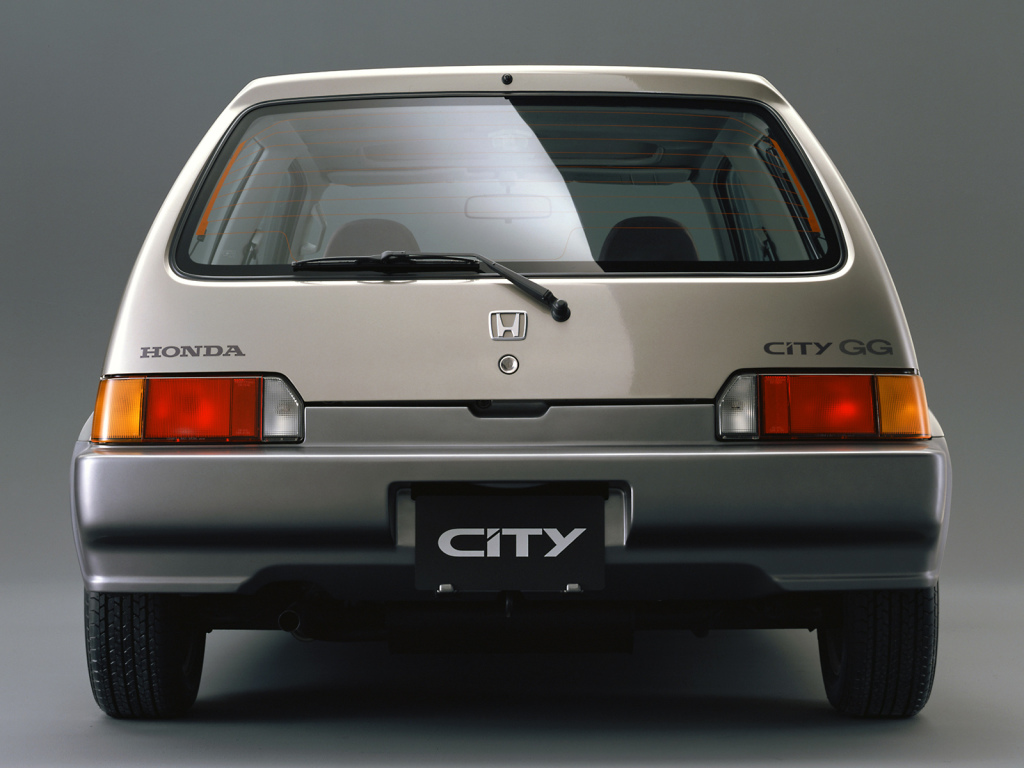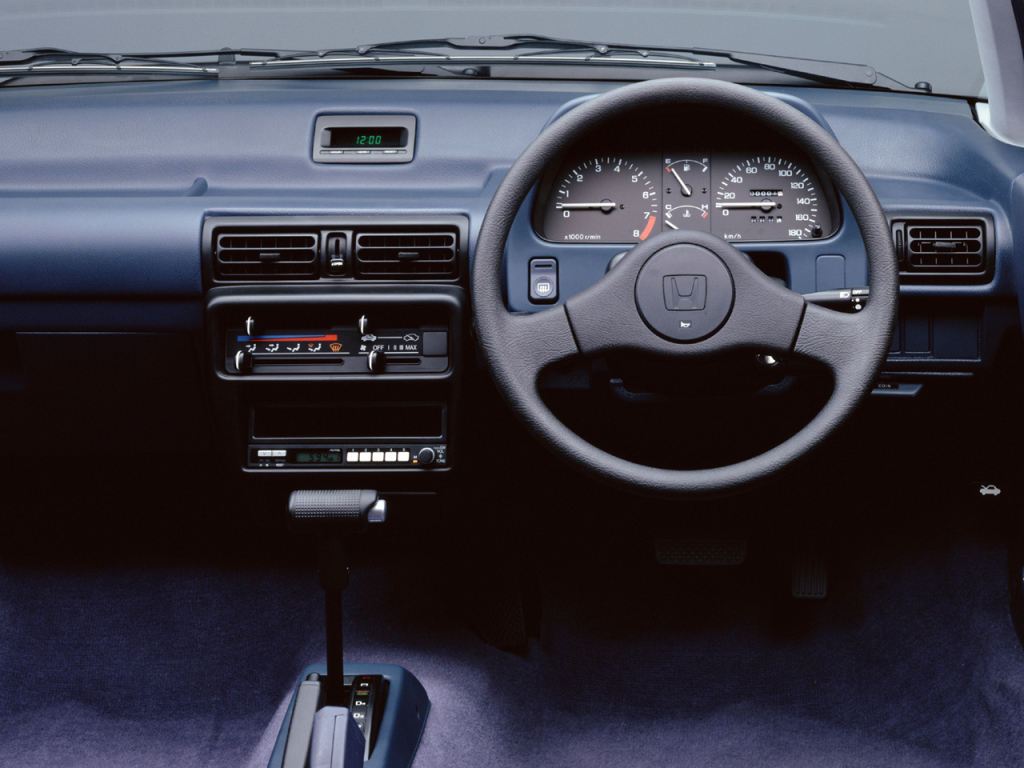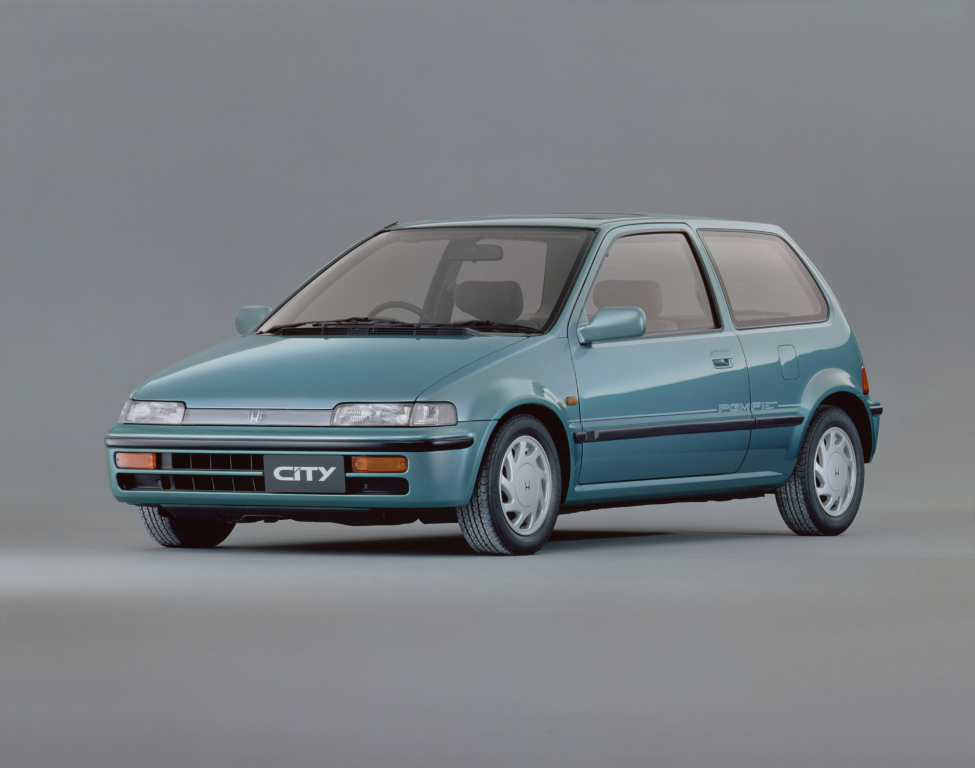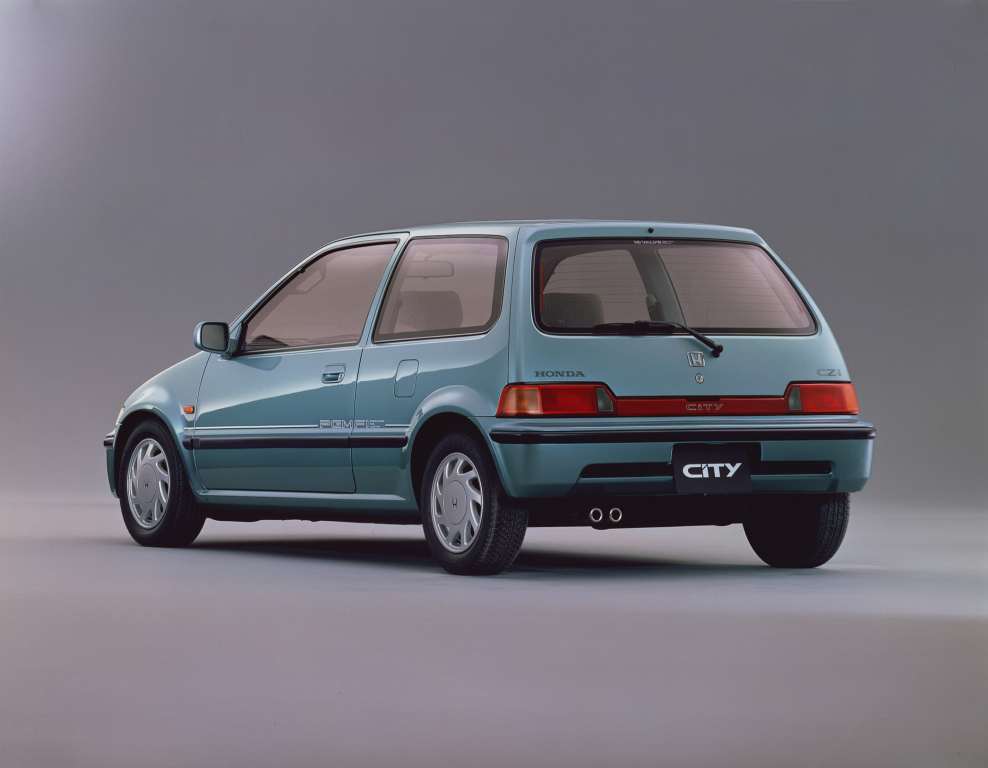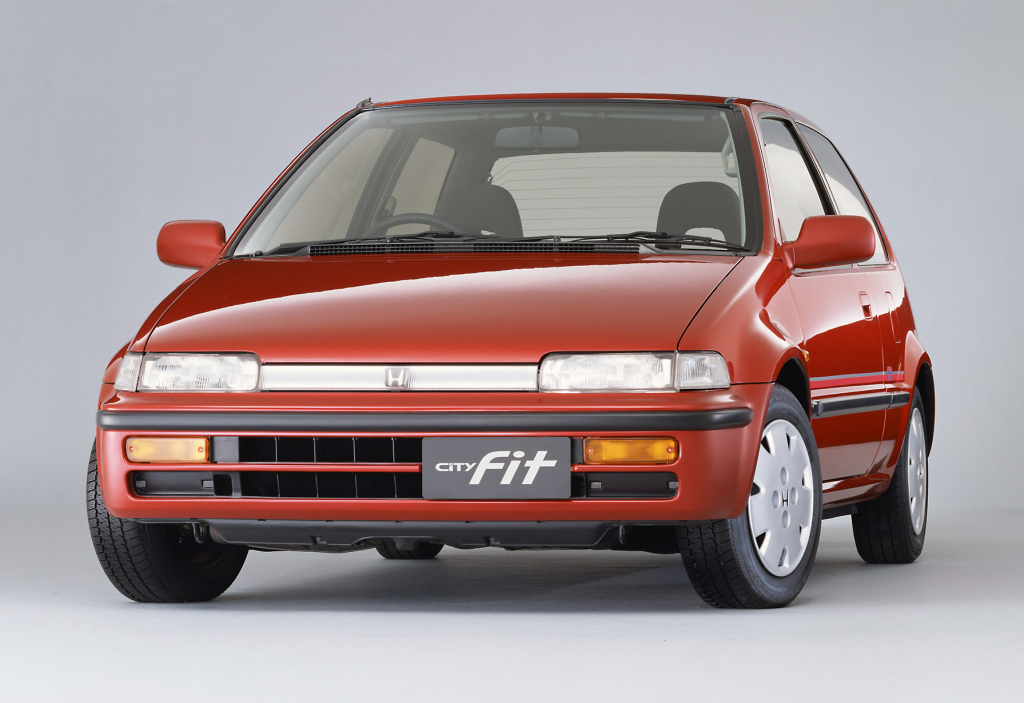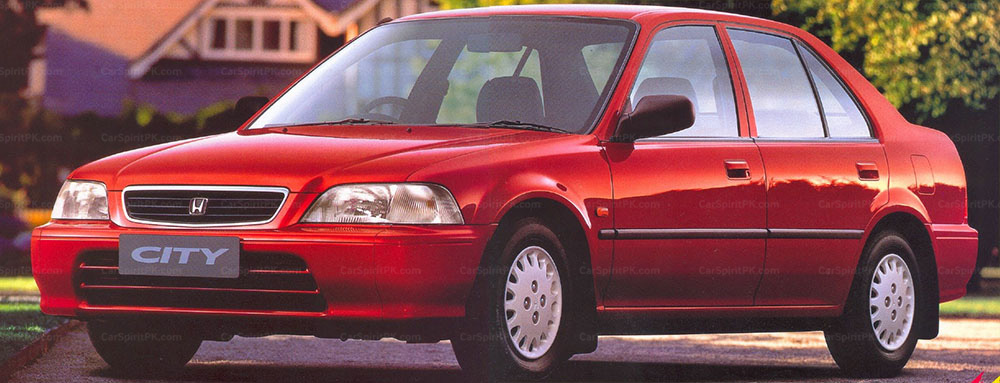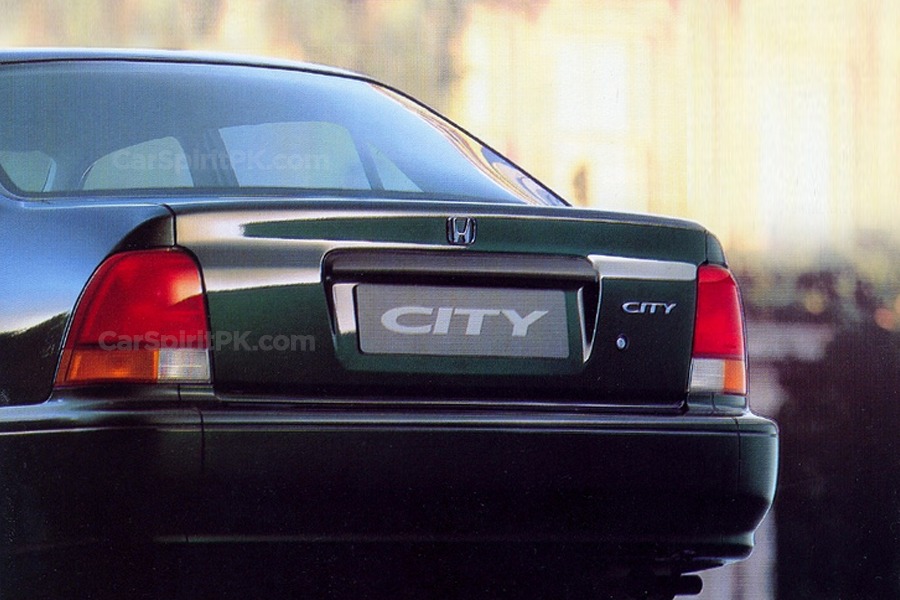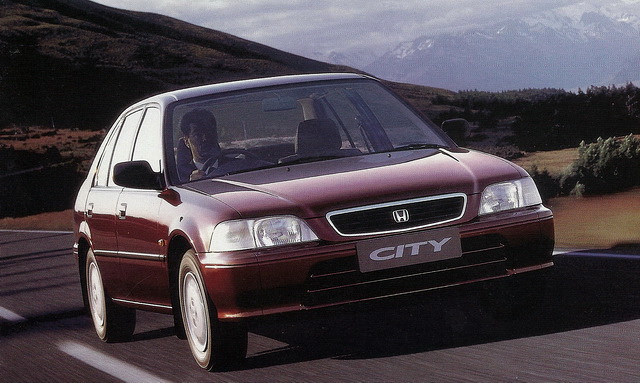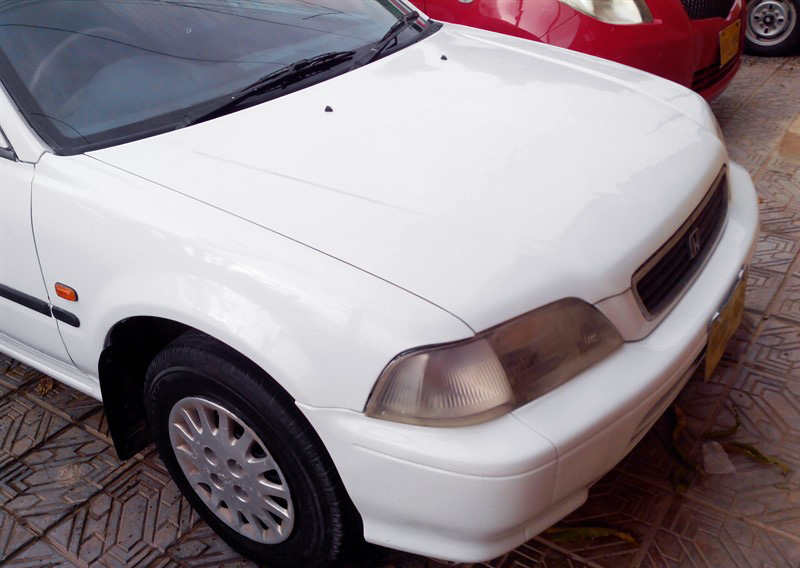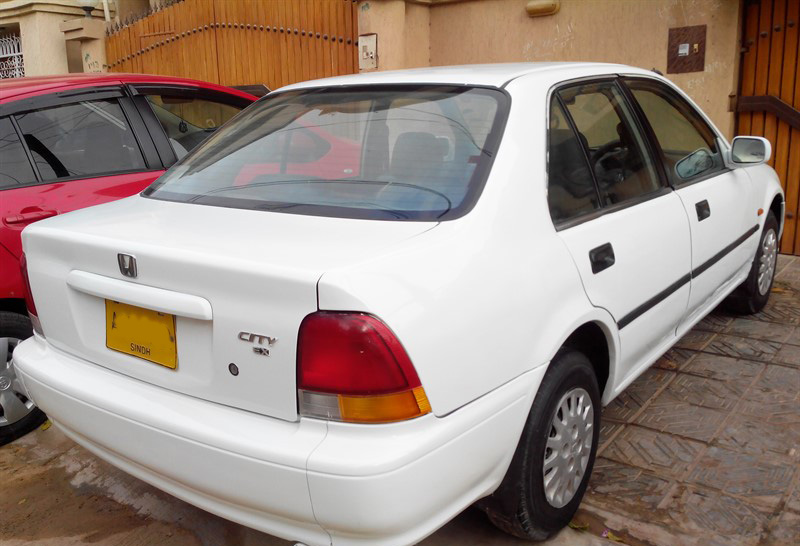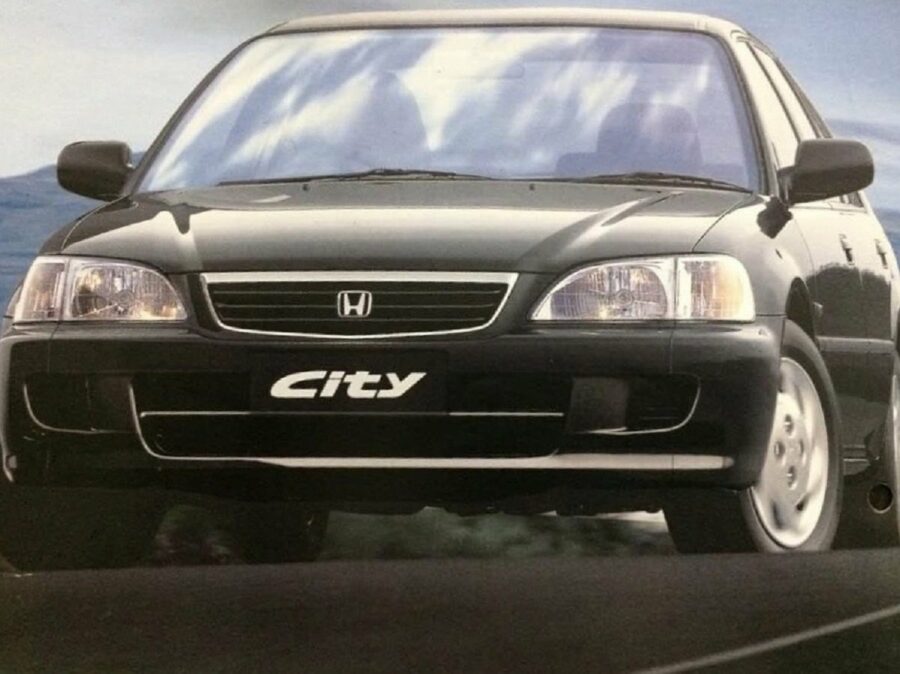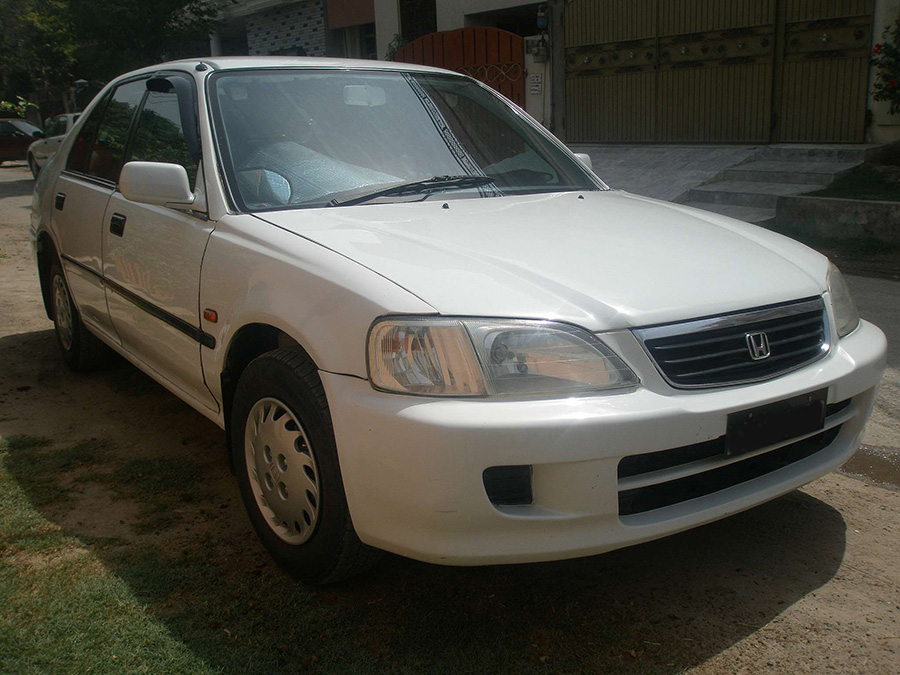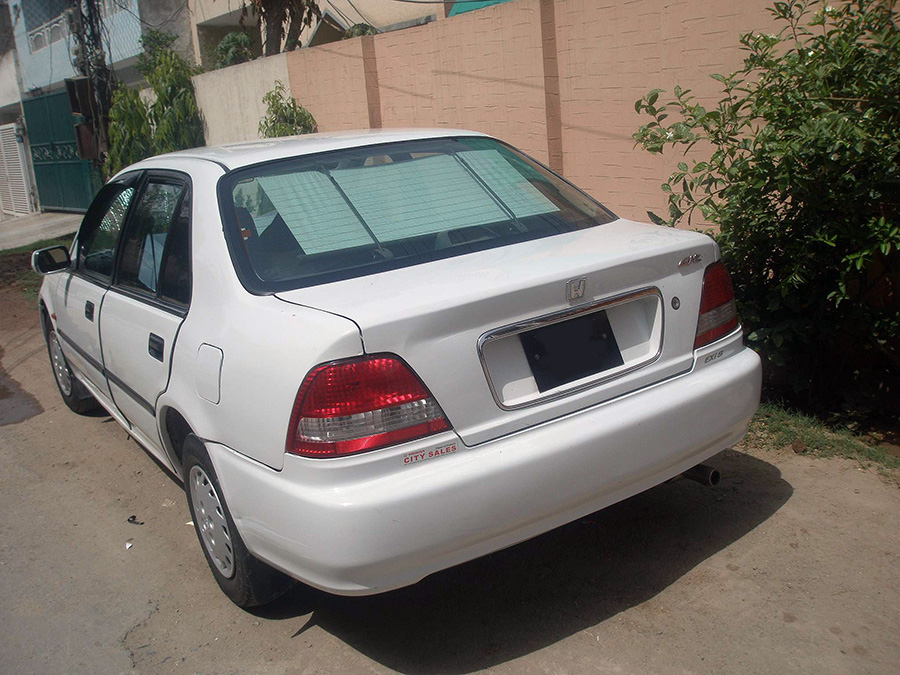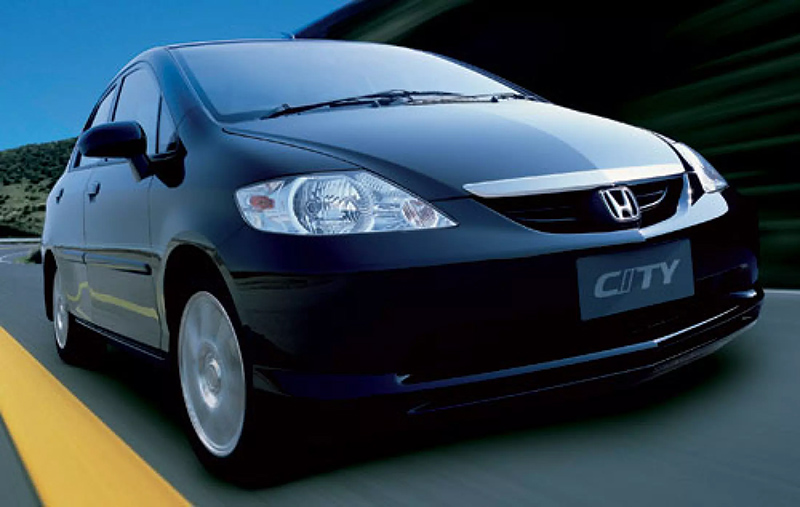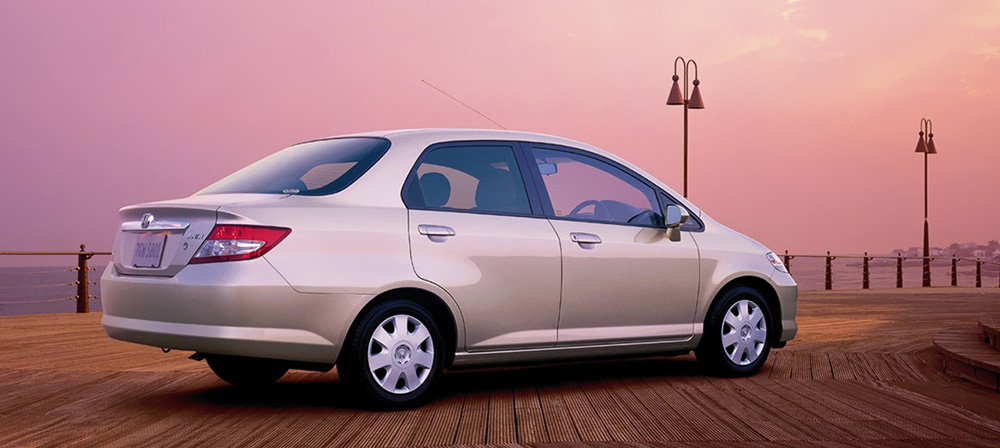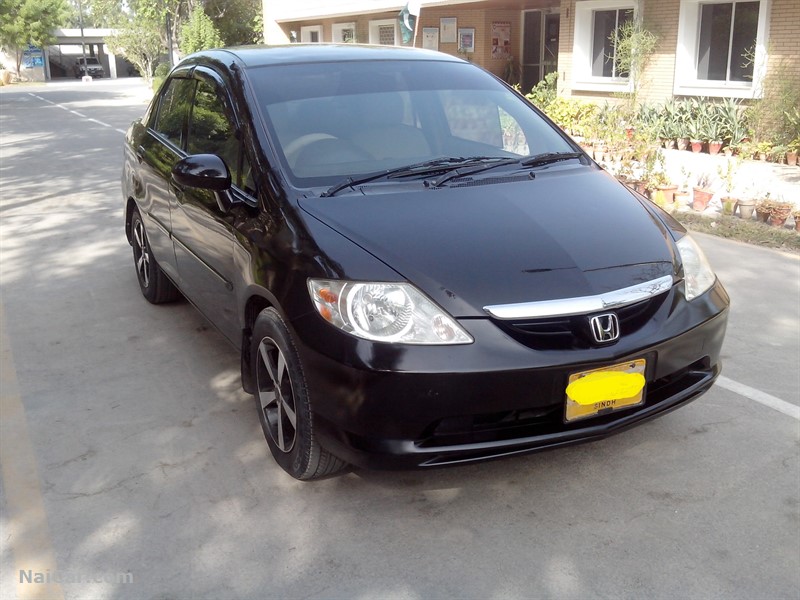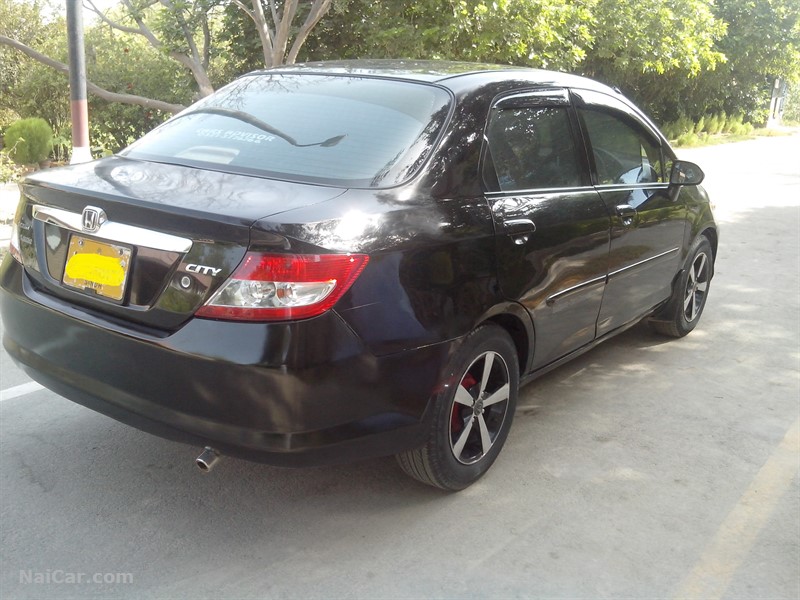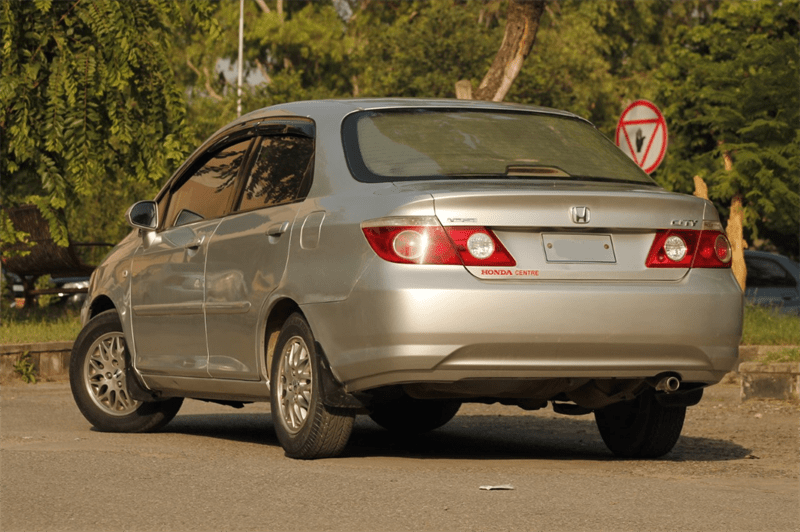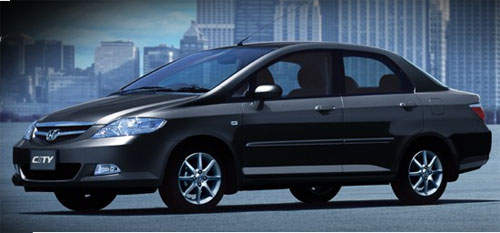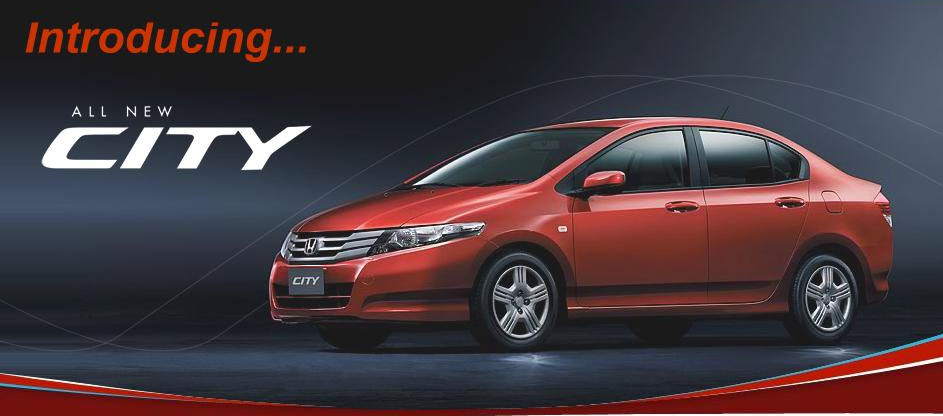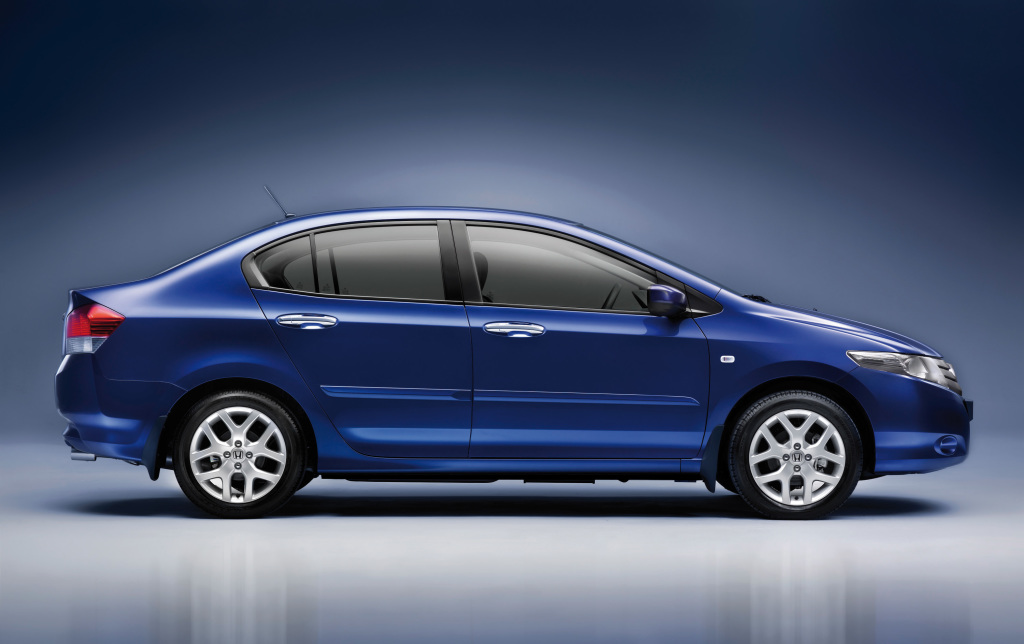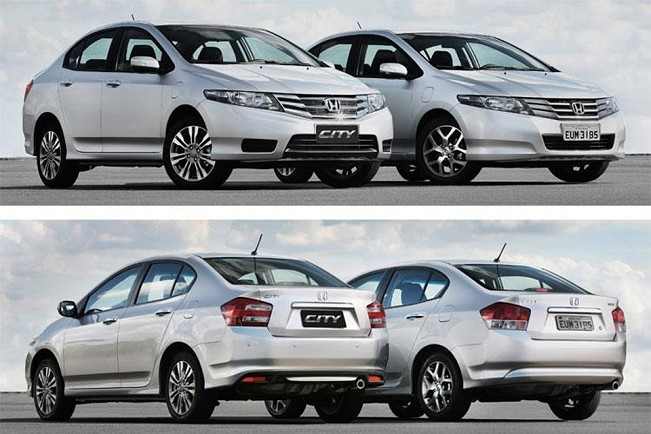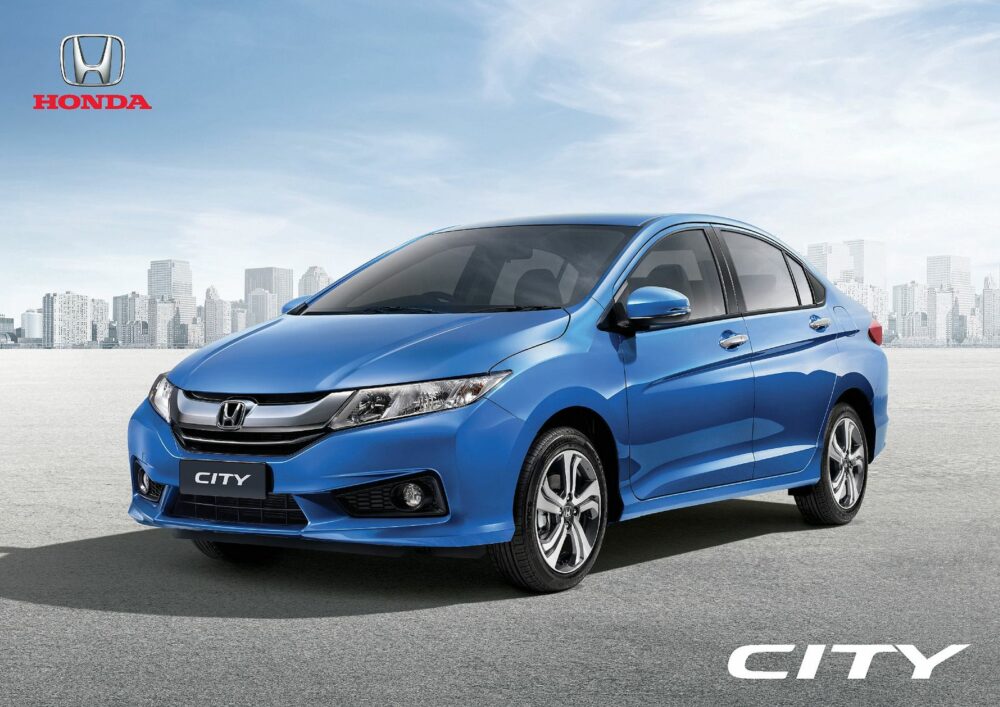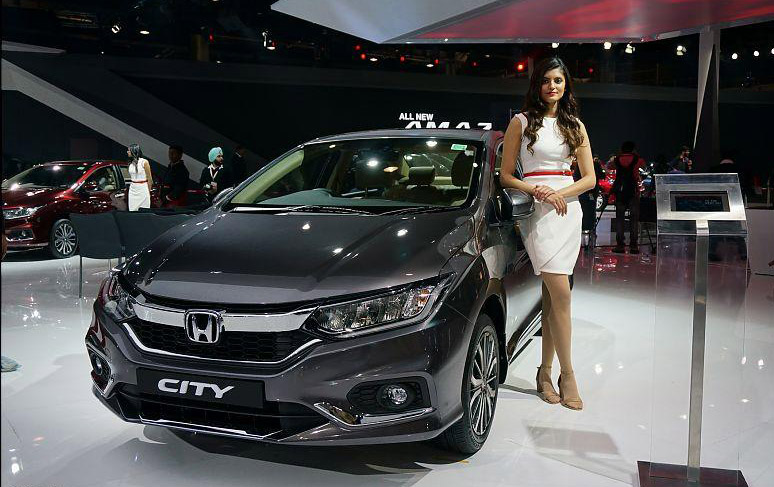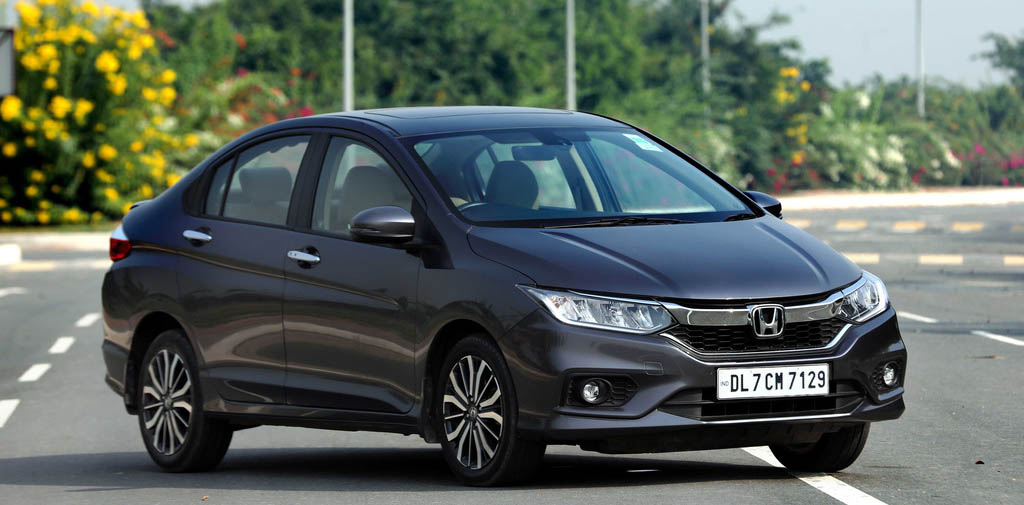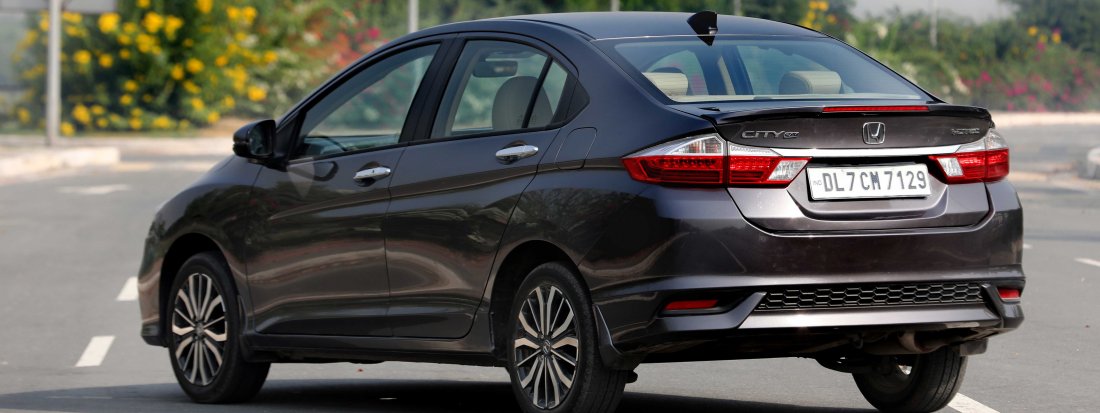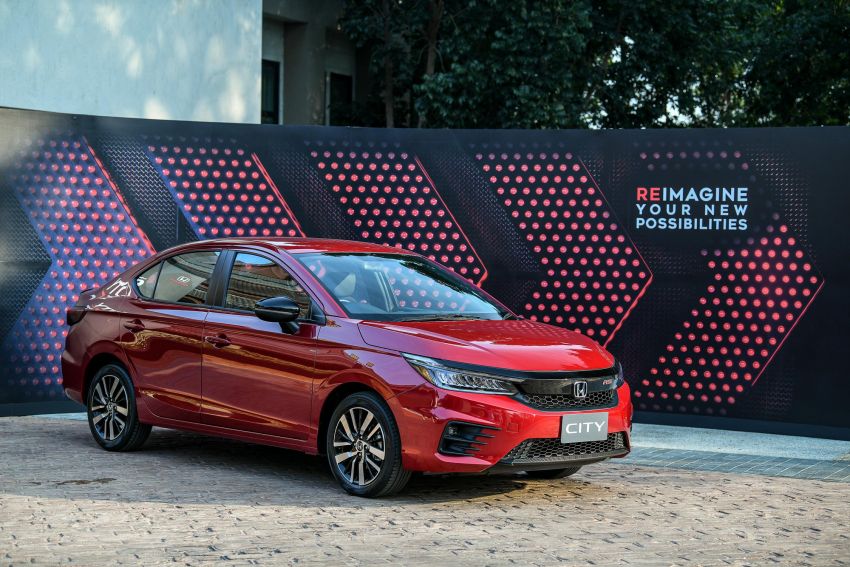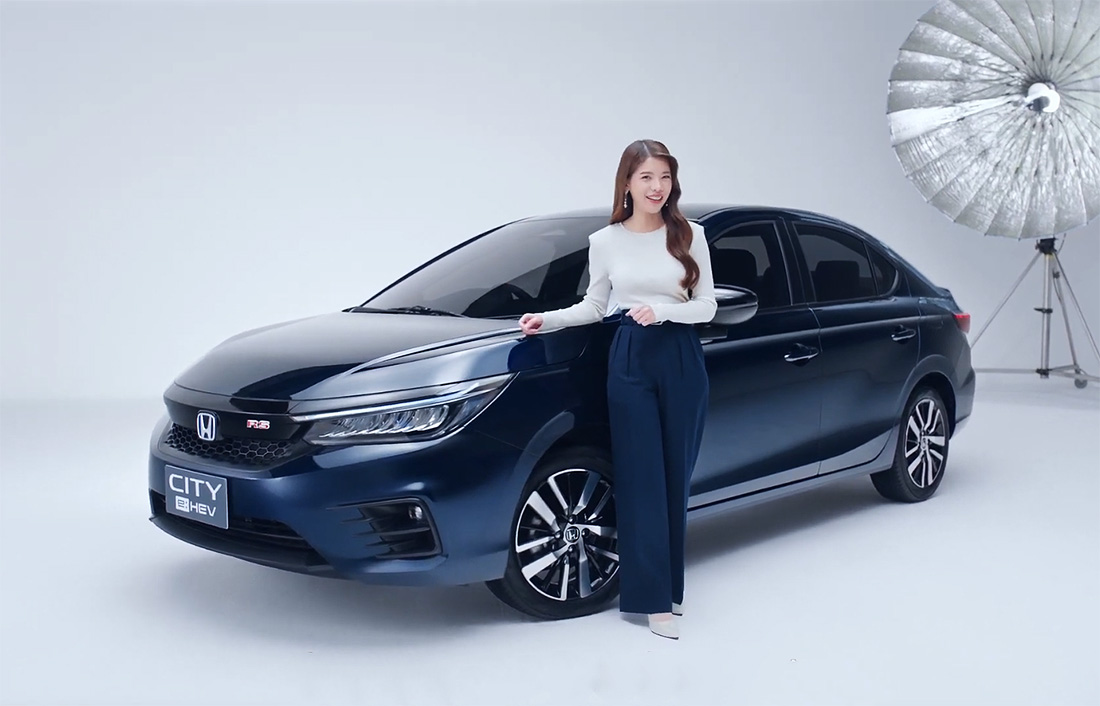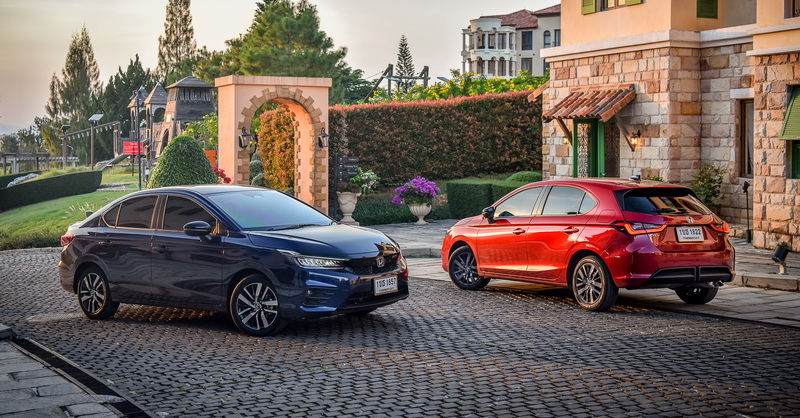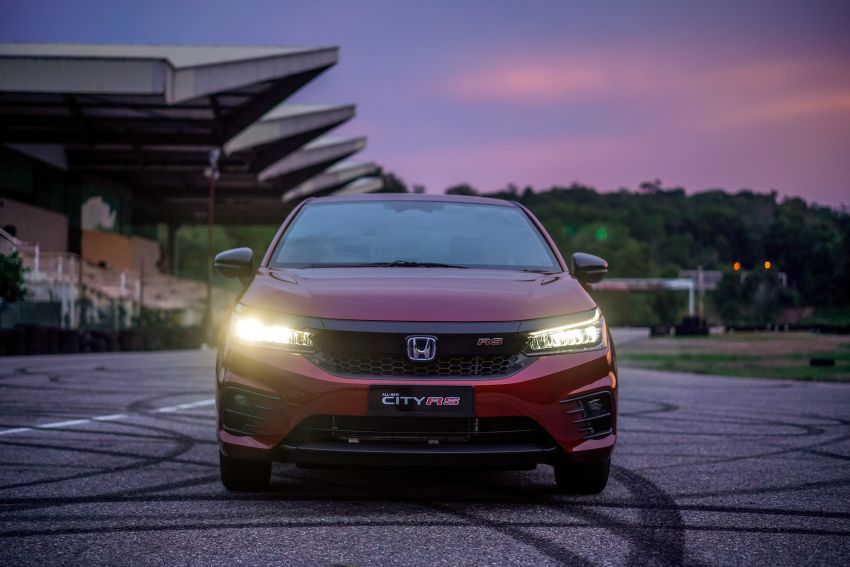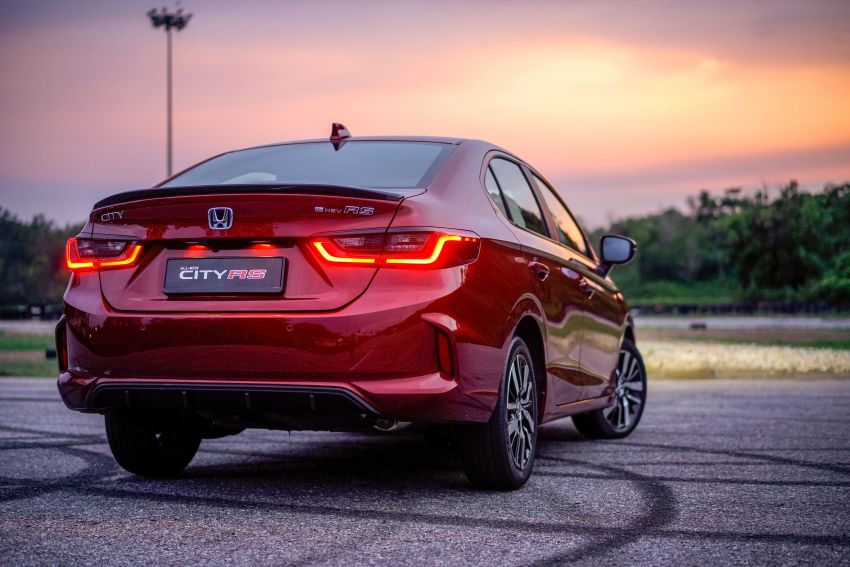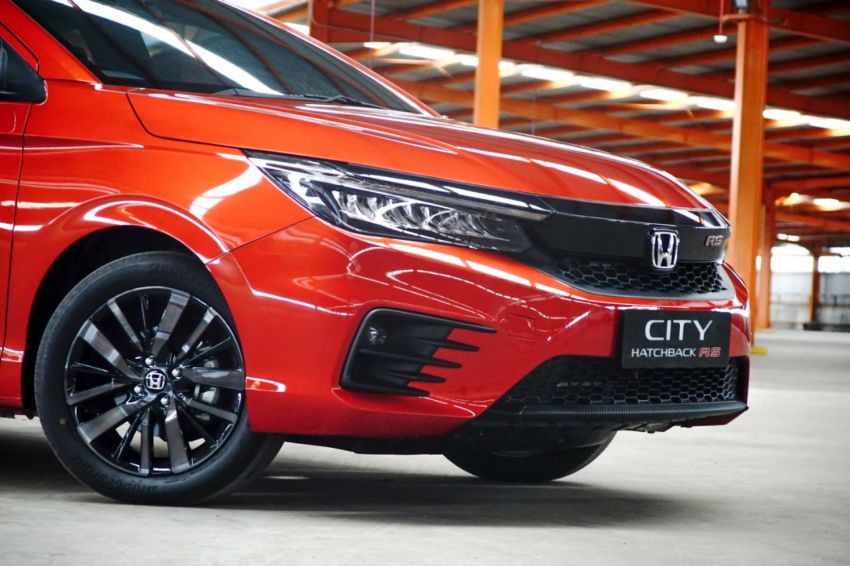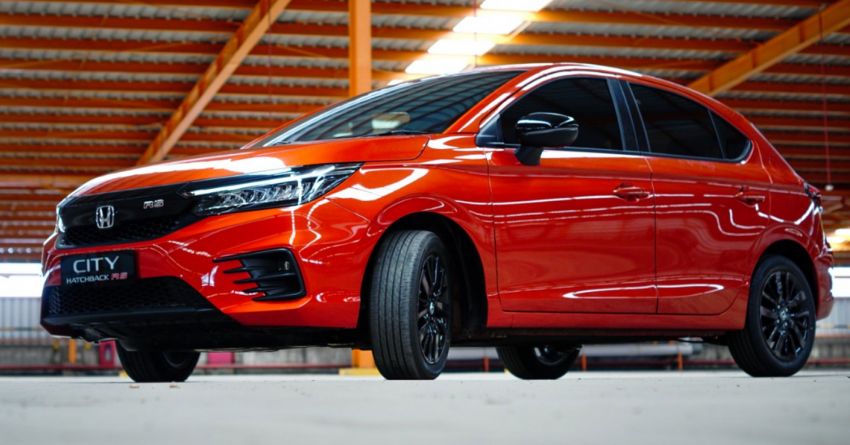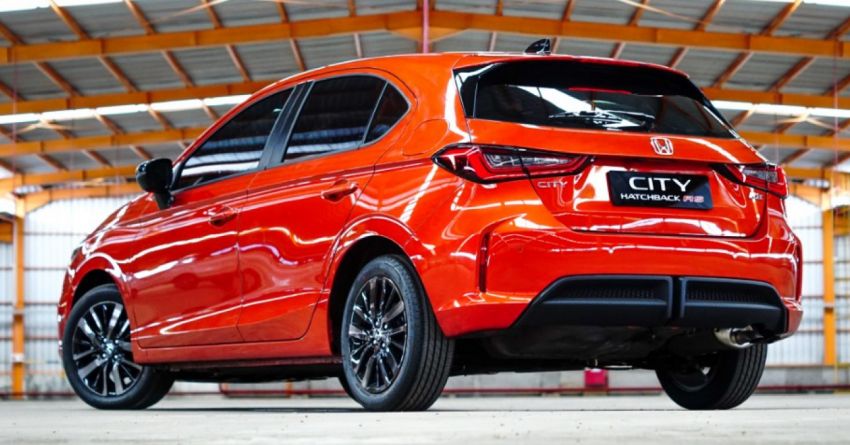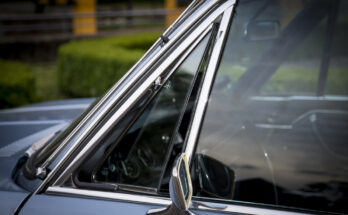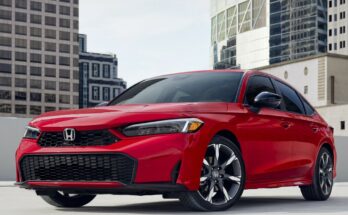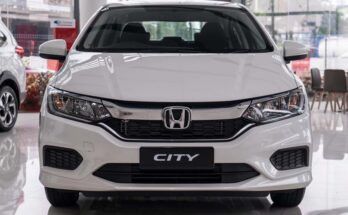Honda City is a popular subcompact that was first introduced back in 1981. The vehicle arrived in our market in 1997 and since then has been considered as a prime choice in its segment.
Related: Are Cars in Pakistan Parallel to the Rest of the World?
Over all these years, the City has gone through different generations each evolving to become a better, more equipped and safer vehicle than its predecessor. During the last 30 years, 7 different generations of Honda City have been produced, let us have a brief look at these different generation models.
First Generation (1981-1986)
The first-generation Honda City debuted as a hatchback in November 1981. Carrying a unique design (of its era) which we better know as ‘tall boy’ design today, the City was innovative with its relatively upright seating arrangement offering legroom comparable to that of larger sedans.
Related: History of Hyundai Elantra
Under the hood the first-gen City carried a 1231cc CVCC (Compound Vortex Controlled Combustion) engine with a class-leading fuel consumption. The engine was paired to 4/5 speed manual and 2-speed auto transmission with overdrive. A turbocharged version of the 1231cc engine was introduced with the facelift versions, that produced 99hp compared to 69hp of the naturally aspirated one.
First generation Honda City hatchback
It was considered a popular car in Japanese domestic market and was exported to Australia, New Zealand as well as Europe where it was marketed as Honda Jazz due to Opel having the rights to the ‘City’ name after having used it on the Kadett C hatchback. However due to a relatively higher price tag the City wasn’t able to do well in European markets.
Second Generation (1986-1993)
The second-generation City with a more refined styling appeared in October 1986 with design cues similar to that of 3rd gen Civic. The 2nd gen model was introduced with the slogan ‘City of Talent’ in Japan.
Related: Suzuki Swift- All Generations
Honda called the appearance of this City as ‘crouching’, which consisted of a low and wide design that contributed to lighter vehicle weight (680 kg) combined with improvements in driving performance. Furthermore, this generation shared its exterior dimensions and engine size almost exactly with the first-generation Civic.
Second generation Honda City: pre-facelift & facelift models shown
Unlike the CVCC engines found in the first-gen model, the 2nd gen City carried Honda’s newer D-series engines. There was a 1238cc D12A SOHC 16-valve 4-cylinder engine with a single carburetor, good for 76hp and was paired to 5-speed manual or a 4-speed automatic transmission.
Related: Toyota Corolla- All Generations
Later in October 1988 with the arrival of facelift, the engine was replaced with 1296cc D13C unit which was available with traditional single carburetor, as well as Honda’s PGM-FI fuel injection guise.
Not many know that the ‘Fit’ name was used for the first time with 2nd gen Honda City as it was used to label its specific grade. Later the Fit went on to become a nameplate for Honda hatchbacks. However due to unimpressive sales, the second-generation City was discontinued in 1993 and the name ‘City’ was retired.
Third Generation (1996-2002)
It was a new beginning when Honda resurrected the ‘City’ in 1996 under the code name SX8 specifically designed for the ASEAN markets. This time the City appeared as a mature subcompact sedan instead of a small hatchback, the development of which was led by Honda Thailand instead of Honda Japan.
Related: 22 Years of Honda City in Pakistan
Instead of spending more resources on developing an entirely new car, Honda grabbed the EF-series 4th generation Civic chassis, their proven D-series engines and restyled the interior & exterior to give the car a refreshing look.
Honda’s aim was to offer a low-priced sedan in Asian region that gave a Civic-like drive comfort & performance to its buyers. The recipe clicked and the City became a massive hit for Honda in the region and it was the third-generation model that actually paved the way for City which has now become a household name among subcompact sedans in many markets across the globe.
Related: Honda City SX8- The Game Changer
Weighing just around 960kg, this City came equipped with two engine configurations. There was a carburetor-based 1.3L D13B engine and a fuel-injected 1.5L D15B unit with 5-speed manual and 4-speed automatic transmission options.
Third generation Honda City pre-facelift & facelift
It was the first City to arrive in Pakistan in January 1997 with 1.3L and 1.5L engine options, the latter was offered with flagship ‘Neo’ version which was considered one of the fastest family sedans of its time in our market.
However, there was no automatic transmission offered with the pre-facelift models in Pakistan, but with the inclusion of 4-speed auto in facelift versions that arrived in January 2000, the 1.5L engine was dropped. The third-gen City facelift was considered as the most loved models of Honda City in Pakistan.
Fourth Generation (2002-2008)
A completely redesigned 4th generation Honda City debut at the Bangkok International Motor Show in November 2002, it was also marketed as ‘Fit Aria’ in Japan.
Related: History: Toyota Yaris All Generations
The 4th gen City was focused towards fuel economy & comfort. It came with a twin-spark, lean burn L13A ‘i-DSI’ (Intelligence Dual & Sequential Ignition) engine primarily designed to provide exceptional fuel economy. This was also the first Honda City to come equipped with an electric power steering as well as a CVT gearbox alongside a traditional 5-speed manual transmission.
Fourth generation Honda City pre-facelift & facelift
This generation was introduced in Pakistan in August 2003 with 1.3L engine only, but later with the facelift model that was launched in 2006, a more power 1.5L VTEC engine mated to a 7-speed multi-matic CVT transmission was also offered, which was labeled as ‘Steermatic’ in our market.
Related: History of Kia Pride- the First Kia in Pakistan
The 4th generation City was also unique in numerous ways, such as to have a rear flat floor allowing tremendous legroom and comfort for the rear passengers. The fuel tank was located underneath the passenger compartment which resulted in quite a generous cargo space.
Fifth Generation (2008-2014)
The 5th generation City was unveiled in Thailand in September 2008 featuring completely new design, new engine, spacious cabin and equipped with various active and passive safety features. Honda called the design an ‘Arrow Shot Form’ giving an imposing & sportier presence to the City.
Related: 5th gen Honda City Becomes 12 Years Old in Pakistan
This City primarily came equipped with 1.3L and 1.5L VTEC engines while the lean burn i-DSI engine of the previous generation model was retired. However in China, a 1.8L R18A engine good for 140hp was also offered with the 5th gen City. Available transmission options with this generation were 5-speed manual and 5-speed automatic.
The 5th gen City was available in a number of global markets and was produced in Honda’s 9 different assembly plants across the globe. Standard safety features included ABS with EBD and BA, dual SRS airbags, seat belts with pre-tensioner and G-CON (G-Force Control Technology) body with a crush-proof survival zone.
A facelift model with cosmetic enhancements was introduced in international markets in 2011, however in Pakistan the facelift arrived a couple of years late but since then has received multiple iterations with minor visual differences.
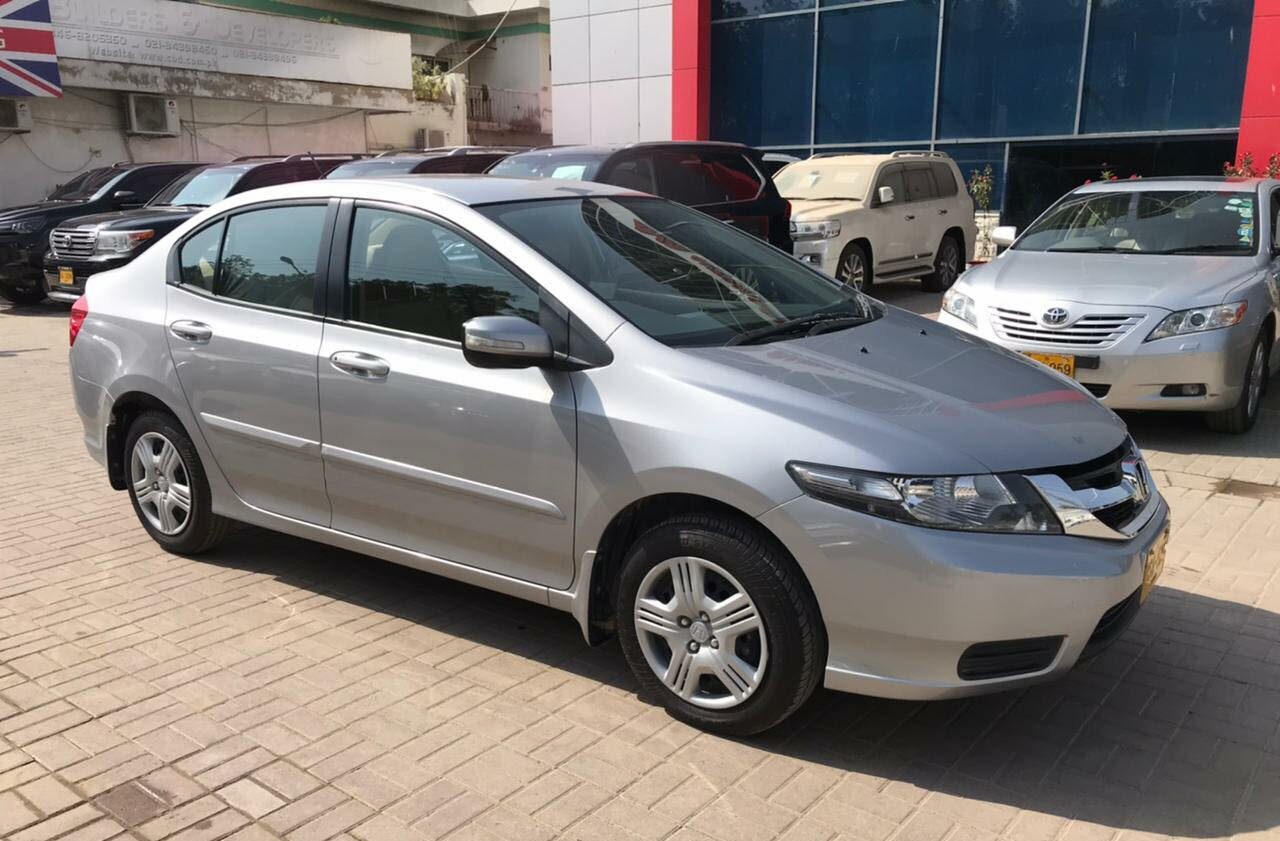
While Pakistan welcomed this City just 4 months after its debut, the vehicle has been dragged for over 12 years with Honda only recently announced to discontinue the model in favor of the 6th gen City.
Sixth Generation (2014-2020)
The 6th gen City was the first model to be unveiled in India instead of Thailand carrying ‘Exciting H’ design theme which was first seen on the third-generation Fit/Jazz which was launched in September 2013.
Related: Honda City That Never Arrived..
In terms of dimensions, it was only marginally larger than its predecessor but offered improved driving dynamics compared to its predecessor. With a lower seating position, it provided a more sportier driving experience.
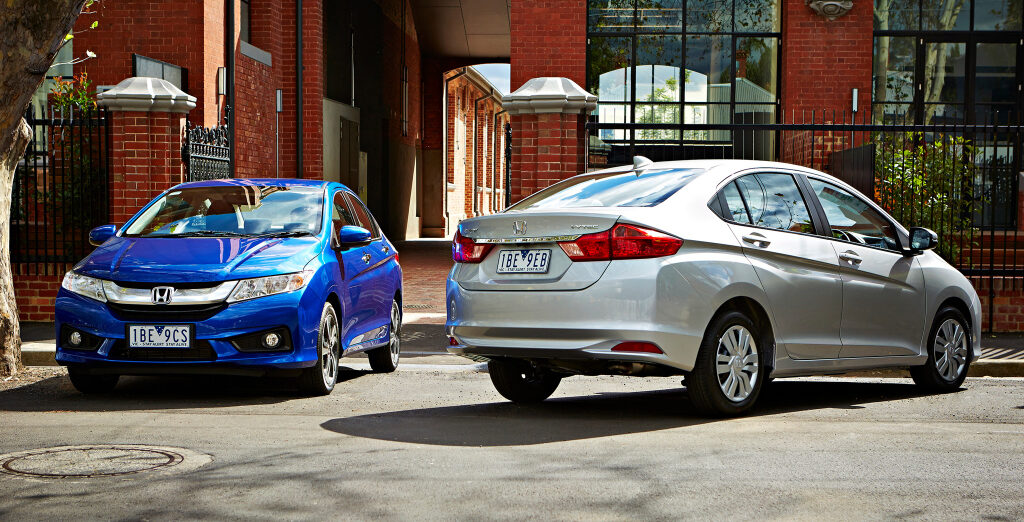
In terms of engines there was a 1.5L petrol, 1.5L petrol hybrid, and 1.5L turbo diesel with transmission options including 5-speed manual, 5-speed auto and 7-speed CVT depending on the variant/ market. The facelift arrived in January 2017 featuring stylistic and equipment upgrades.
Related: Has Honda City Lost Its Plot?
This generation offered a number of features not available with the preceding models such as touch-panel auto climate control, rear AC vents, a 5-inch LCD display with navigation, Bluetooth audio, a reverse camera and 8 speakers etc.
Sixth generation Honda City facelift
The vehicle was marketed as Honda Grace in Japan whereas a derivative called as Honda Greiz was sold in China that was cosmetically different than the regular model. The 6th gen City also boasts a 5-star Latin NCAP crash test score.
Seventh Generation (2019-Present)
The all-new 7th generation Honda City debuted in Thailand in November 2019. This is the biggest generation model in terms of dimensions with City becoming even larger than the 9th gen Civic in length but is still classified as a subcompact or B-segment car.
Related: Honda City was the Bestselling Car in Thailand in 2020
There are a number of engine configurations offered with this City depending on the market where its sold. In Thailand it gets a 1.0L three-cylinder turbo, whereas other markets get 1.5L petrol engine in three different guises– L15B1, L15Z1C and L15ZF. There is a 1.5L turbo diesel that’s specific for the Indian market. Transmission options include 6-speed manual and CVT.
This City also gets benefited from hybrid powertrain dubbed as e:HEV, with Honda’s latest Intelligent Multi-Mode Drive (i-MMD) hybrid system making use of 107hp /253 Nm electric motor that drives the wheels.
Related: Honda City Hatchback Makes Its World Debut in Thailand
Furthermore, this generation also saw the comeback of hatchback version for the first time after the discontinuation of 2nd gen model in 1993. This serves as a replacement of Fit/ Jazz hatchback in most emerging markets.
More than two years into its lifespan, the 7th gen City is currently being produced at 5 locations including Thailand, India, Indonesia, Malaysia and Vietnam and is being exported to a number of markets all across the globe including South America, South Africa, Oceania & Middle East. The 7th gen Honda City also boats a 5-star ASEAN NCAP crash test score.
Seventh generation Honda City sedan & hatchback

A computer animation professional with over 23 years of industry experience having served in leading organizations, TV channels & production facilities in Pakistan. An avid car enthusiast and petrolhead with an affection to deliver quality content to help shape opinions. Formerly written for PakWheels as well as major publications including Dawn. Founder of CarSpiritPK.com

